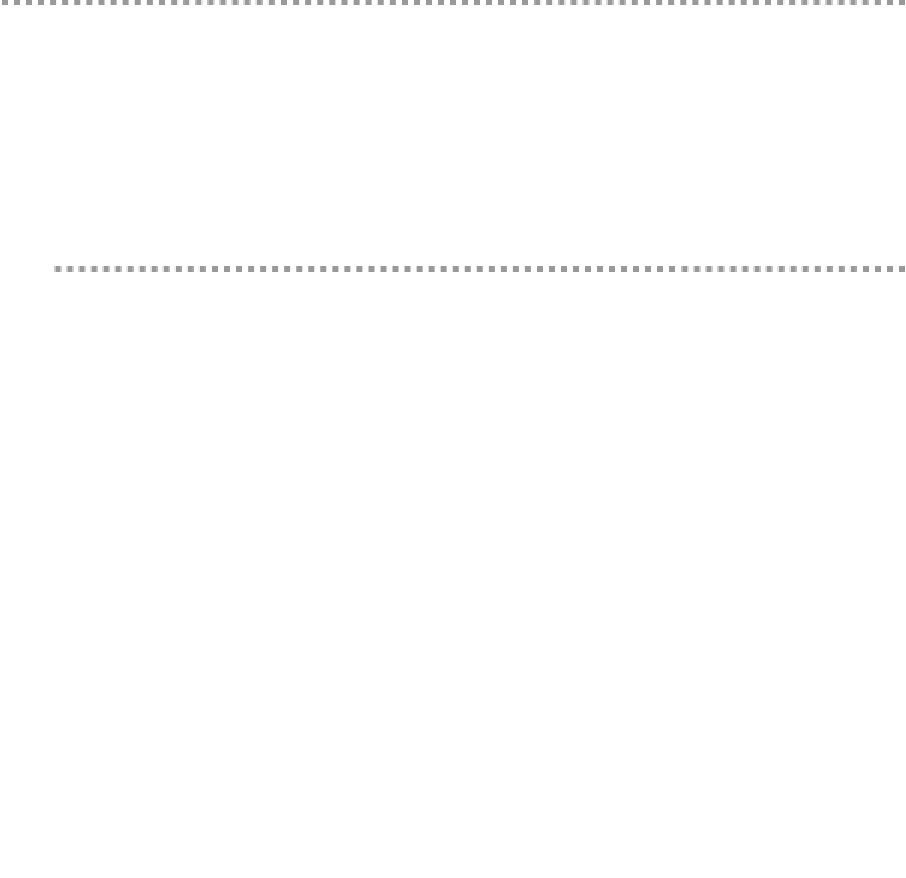Geology Reference
In-Depth Information
Chapter 13
Flowing Slowly toward the
Sea: Glaciers
In This Chapter
Distinguishing different types of glaciers
Seeing how glaciers form and flow
Removing rocks: Features of glacial erosion
Depositing till: Features of glacial deposition
Driving ice ages and continental rebound
Relative to the size of the oceans, very little of the earth's water is ice. Currently only 10
percent of the planet's water is stored in glaciers, ice caps, and ice sheets. However, at
times in the past, the amount of ice covering the continents and oceans was much great-
er. Scientists know that ice covered portions of some of the continents because of eviden-
ce — left behind like fingerprints — that could be created only by flowing ice.
Wait,
flowing
ice? Yes, ice flows — similar to, yet also very different from, the way a liquid
flows. Massive amounts of ice such as glaciers, while solid, move by what geologists call
solid
or
plastic flow
— terms I define in this chapter.
Here, I describe how glaciers form, explain the details of how glaciers flow, and illustrate
the different features of the landscape created by glaciers. I also explain what causes long
periods of
glaciation
(when ice covers portions of the continents and sometimes oceans)
and how the presence (or absence) of glaciers affects sea level.
Identifying Three Types of Glaciers
Glaciers
are massive amounts of ice — somewhat like large, frozen streams. In order for
glaciers to form, they need cold temperatures and high amounts of snowfall. These condi-
tions occur most often at
high latitudes
(areas closest to the North or South Pole). But


